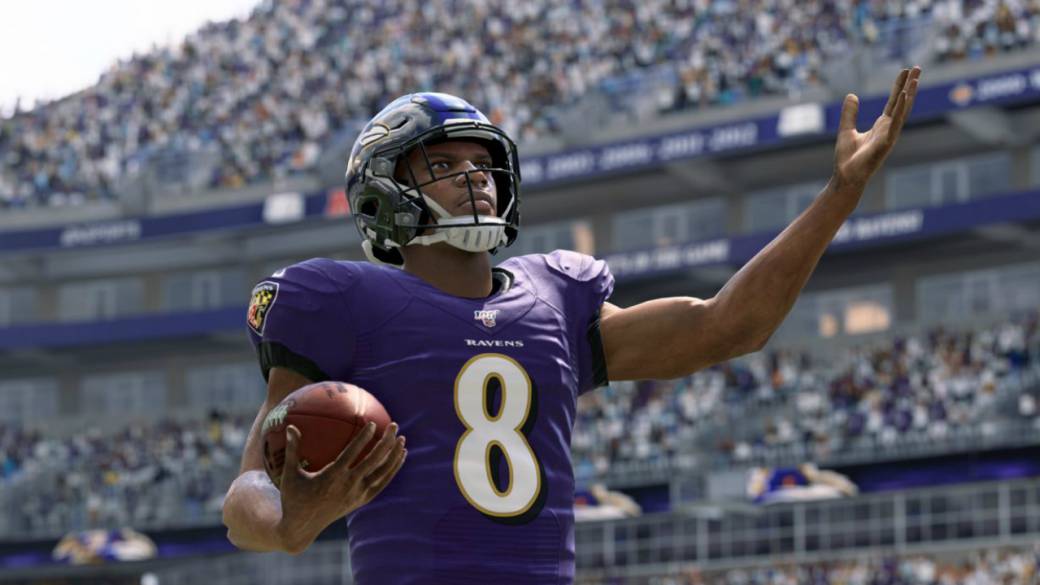
The Madden Curse is one of the usual urban legends in video game history. How much of myth is there? We review all the cases.
On the eve of the launch of Madden NFL 21, which will feature a free upgrade on PS5 and Xbox Series X, it seems like a good time to remember one of the most popular urban legends in the gaming world: the Madden Curse, or Madden Curse. Although it has not always been fulfilled, and obviously it is only a matter of chance and superstition, it is already a tradition: a player who occupies the cover of the longest running sports franchise of Electronic Arts, is not the same again. In most cases we would talk about injuries and considerable losses in performance, but there are much more serious cases in which we would even deal with problems with the law. It should be mentioned that, on the other hand, there are opposite cases, such as Patrick Mahomes, the cover of the last edition, but the truth is that they are the least. In short … why is the Madden Curse being talked about?
The origins of the Madden Curse
The origin of the curse dates back to 1998, when the first cover starring a professional player would be seen, since previously it was always John Madden himself who made an appearance in it. In this case it was Garrison Hearst, running back for the San Francisco 49ers, who had just broken the record for total yards (run and reception) in a season for this legendary franchise. The year after making the cover of Madden 99, Hearst actually led his team to the playoffs, ending up suffering one of the nastiest ankle injuries ever seen in the 2nd round game against the Atlanta Falcons. At first it was thought that he would not play again, but he spent the next two years rehabilitating.
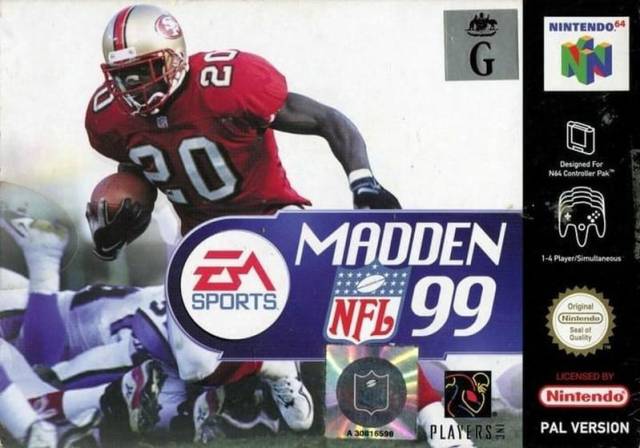
One of the most curious cases already occurred in the subsequent installment, Madden 2000. On that occasion it was another running back, Barry Sanders, who was on the cover of the game, and shortly after the news, he announced his retirement, without arriving even to play a single game the following season. Although it is not possible to speak of a curse, since it was a decision made by Sanders himself and not a misfortune, it has been recognized that in the dressing room of his team, the Detroit Lions, it was speculated that he was doing it as a precaution , for fear of suffering the same fate as Hearst. Later, Sanders would confess that it was the losing culture of the Michigan franchise that was the main reason he made such a sudden decision.
Two years later, Daunte Culpepper (Madden 2002, Minnesota Vikings) would also suffer an injury shortly into the season, having to miss it entirely. The next, his performance would be well below his capabilities, throwing 23 interceptions for just 18 touchdown passes. Something similar would happen with Marshall Faulk (Madden 2003, Sant Louis Rams), whose subsequent seasons would mark the decline of one of the most productive running backs of the 90s, having to retire permanently from football in 2006.
We arrived at the 2003 edition, with Michael Vick, the promising quarterback of the Atlanta Falcons, on the cover of Madden 2004. Vick had just broken several records in terms of rushing yards for a player at his position, and he presented himself as one. of the most explosive players in the NFL…. until the curse did the rest. Already in preseason, Vick fractured the fibula in his left leg to miss 11 games that same season, but the worst would come a few years later: in 2007 he would be sentenced to 23 months in prison for his relationship with a case of illegal fights of dogs in which the police confiscated 66 dogs. Vick would serve that sentence to, despite everything, return to play for the Philadelphia Eagles in 2009 and fulfill a fairly dignified role.
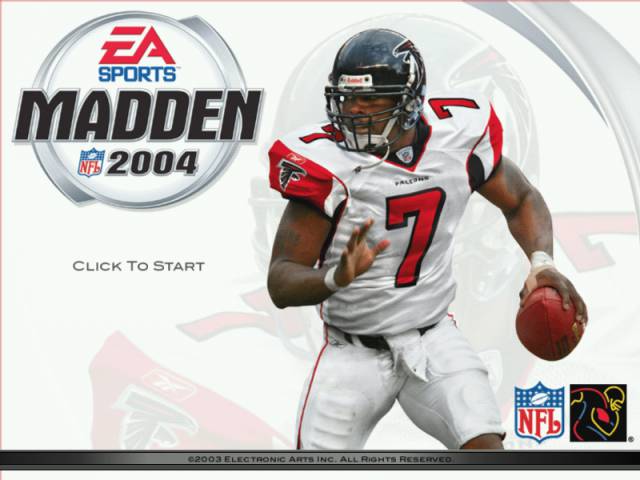
The players on the following covers (Ray Lewis and Donovan McNabb) would also suffer injuries that would abruptly end their seasons after being on the cover of the game, and in McNabb’s case, it would keep him from being the star quarterback again. it had already been for the rest of his career. Something similar happened in 2006, when Shaun Alexander (Madden 2007) finished his season in week 3, but it would be worse in the 2007 season, when injuries were somewhat concurrent. Curiously, in an interview that year he was asked if he believed that the Madden Curse had something to do with it, to which Alexander downplayed it, assuring that he preferred “to be injured and on the cover of Madden, rather than simply being injured.”
Much remembered would also be the case of Madden 2008. EA would then contact the star running back of the San Diego Chargers, LaDainian Tomlinson, but a massive petition and demonstrations from a group of fans of the Californian franchise prevented Tomlinson from finally being on the cover of that delivery. In his place would be his teammate Luis Castillo, who would not suffer mishaps, and the promising Tennessee Titans quarterback Vince Young, who for the first time in his career would miss games due to injury, to later become a bench QB for the benefit of the which was then his reserve, Kerry Collins.
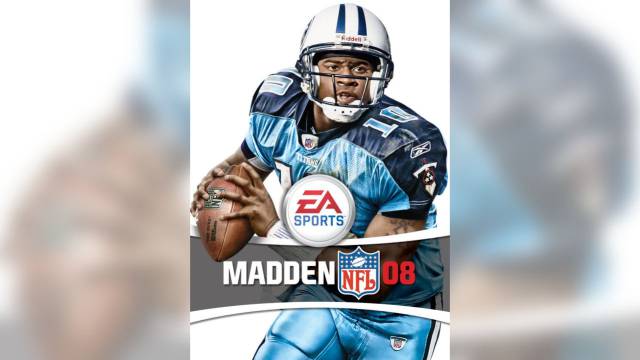
The decline in performance of Brett Favre (Madden 2009) cannot be taken as a reference, since he was already a veteran player, while in Madden 2010 the first cover shared by two players would be seen: Larry Fitzgerald and Troy Polamalu, of which only the second was affected by the curse. The Steelers safety would suffer an injury in the first game of the season that would cause him to miss the next four games. Upon his return he could only play three more games, to be injured again for the remainder of the season.
Drew Brees, one of the best quarterbacks in history and the star of Madden 2011, would throw twice as many interceptions the following season as in previous seasons, also suffering a painful defeat in the playoffs when he did it against a Seattle Seahawks who had scored the dubious milestone of being the first team in history to qualify with a negative balance of wins and losses. Meanwhile, the following year, Peyton Hillis (Madden 12) would complete an injury-plagued season to be cut by his team, the Cleveland Browns the following summer.
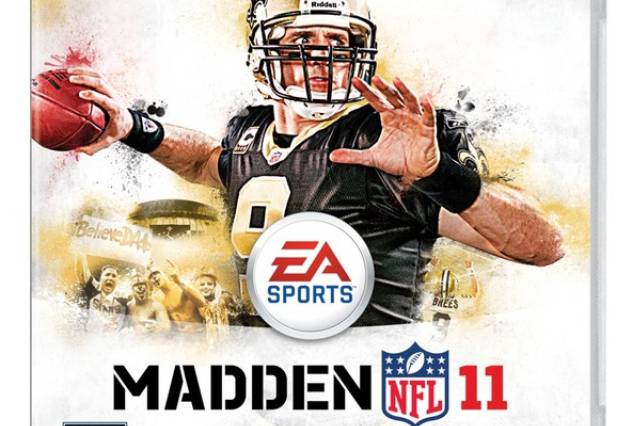
After a few installments where the curse didn’t do its thing – except, perhaps, in the case of Adrian Peterson – we hit Madden 17, with New England Patriots tight end Rob Gronkowski on the cover. Although injuries have been a constant in Gronkowski’s career, the season after making an appearance on Madden’s cover would be especially bad: he did not debut until week 3, to receive a severe blow in week 11 against the Seattle Seahawks, which would give him a pulmonary contusion and miss the rest of the season. Fortunately, the season would end well for his team, which would end up lifting the Vince Lombardi trophy, although Gronkowski would have to watch it from the side.
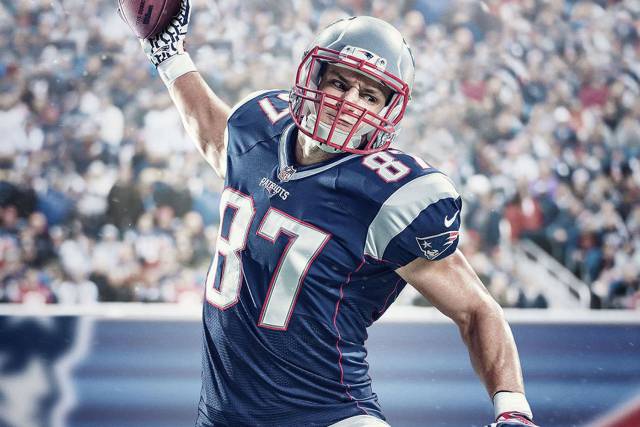
Brady and Mahomes… ending the curse?
The following season the legendary Tom Brady would be the protagonist of Madden 18, and despite losing in the Superbowl against the Philadelphia Eagles, Brady would have a superb performance with more than 500 passing yards and 3 touchdown passes in that game, for not talk that he was named MVP of the season. Worse would go to Antonio Brown (Madden 19), the controversial wide receiver for the Pittsburgh Steelers, who would even threaten his retirement if he was not allowed to wear the same helmet that he had worn throughout his career, since the new one “made it difficult for him the vision”. His later team, the Oakland Raiders, fed up with his extravagances, would end up firing him, and after months of regrettable episodes, some even involving the police, the New England Patriots would give him a chance. If the Patriots weren’t able to redirect him, no one could, it was said then. Indeed, they could not, and currently remains without equipment.
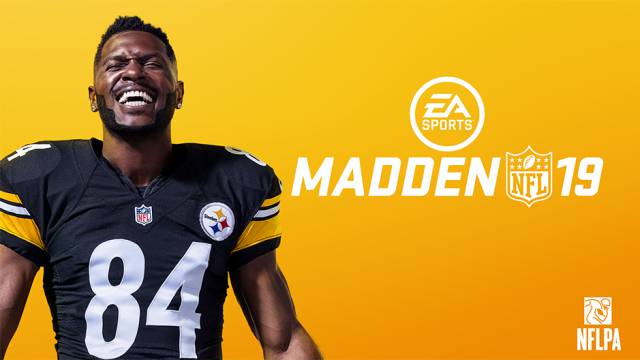
We finally get to what appears to be the breaking of the curse, with Patrick Mahomes on the cover of Madden NFL 20. Although last season was not without injury for Mahomes, the Kansas City Chiefs quarterback would not miss even a month of competition, which was not enough to keep them away from the top of the rankings. Obviously, Mahomes could not repeat his MVP performance from the previous season, an award that would fall into the hands of Lamar Jackson – covered, by the way, of Madden 21 – but he could be in the Superbowl that they would win against the San Francisco 49ers. In addition, soon after, Mahomes would sign with the Chiefs the largest contract in the history of professional sports: up to 450 million dollars will be pocketed in the next 10 years.
In case next season can be played -the training sessions have already started, but he is still on the wire due to the coronavirus-, we will have to be attentive to the evolution of Lamar Jackson to elucidate if, in truth, the Curse has ended Madden.

